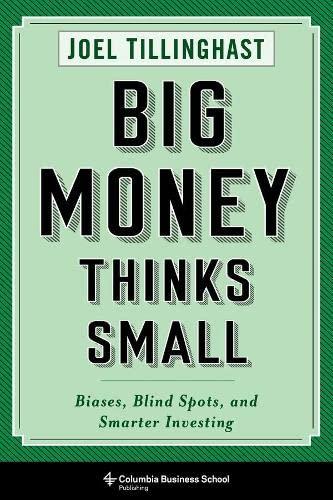Question
You are creating an index of three stocks: SSJ, CP, and EED. In time 1, SSJ had a price of $12. In time 2, SSJ
You are creating an index of three stocks: SSJ, CP, and EED. In time 1, SSJ had a price of $12. In time 2, SSJ had a price of $14, a 16.67% return from time 1 to time 2. In time 1, CP had a price of $10. In time 2, CP had a price of $11, a 10% return from time 1 to time 2. In time 2, EED had a price of $15. In time 2, EED had a price of $18, a 20% return from time 1 to time 2. If you create an index of 50 shares of SSJ, 60 shares of CP, and 40 shares of EED, is the equal-weighted or price-weighted return to the index higher and why? Explain. (Note: You do not need to do any calculations to answer this problem. You can support your answer with calculations, but a quantitative-only solution is not sufficient for an explanation.)
Step by Step Solution
There are 3 Steps involved in it
Step: 1

Get Instant Access to Expert-Tailored Solutions
See step-by-step solutions with expert insights and AI powered tools for academic success
Step: 2

Step: 3

Ace Your Homework with AI
Get the answers you need in no time with our AI-driven, step-by-step assistance
Get Started


